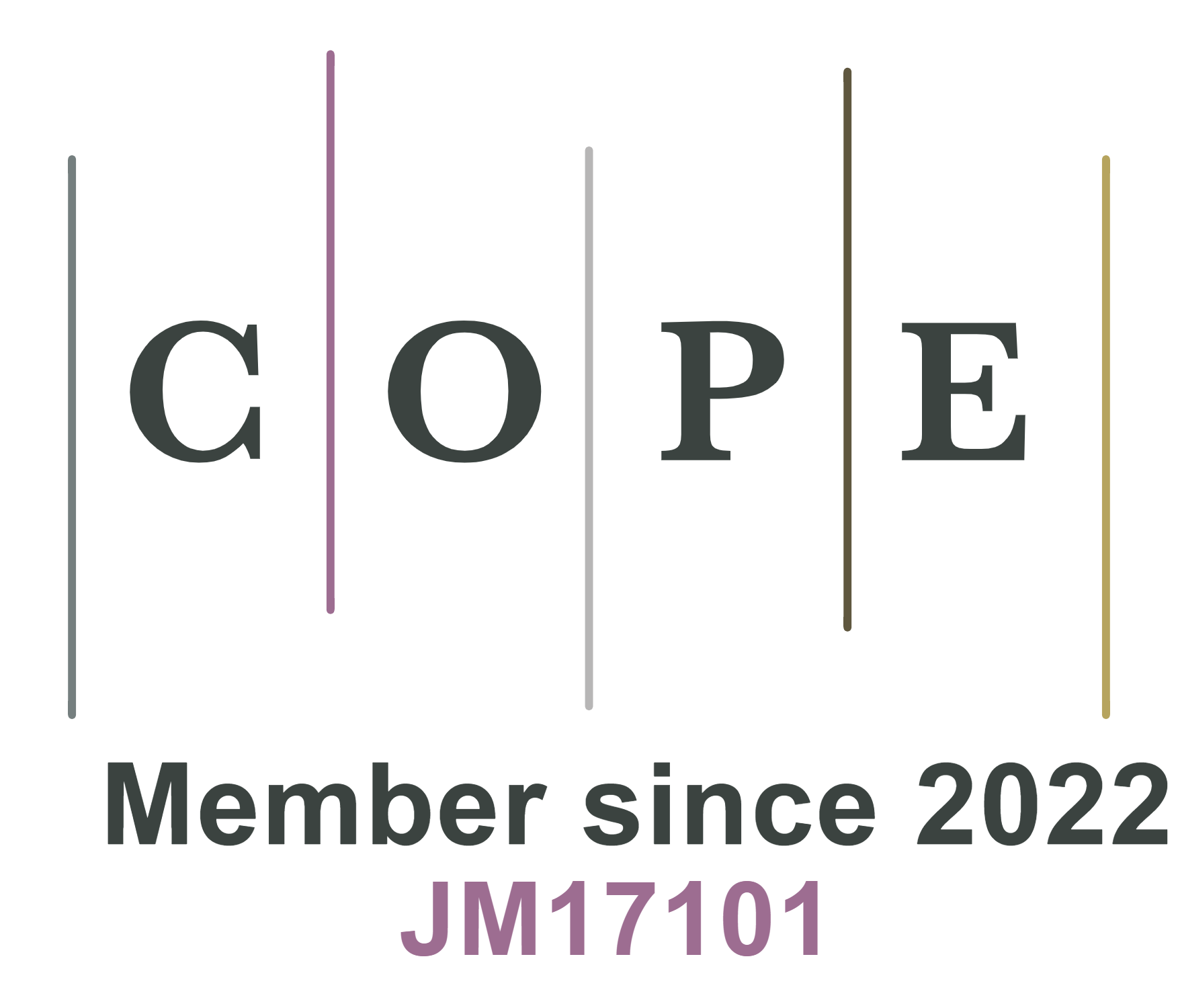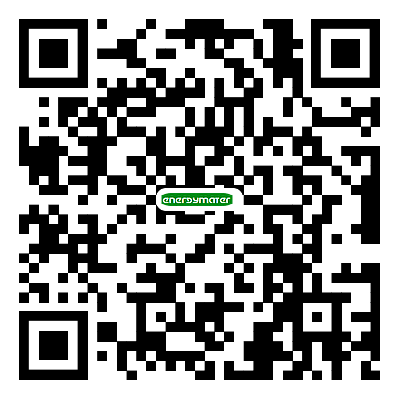REFERENCES
1. Goodenough JB. Electrochemical energy storage in a sustainable modern society. Energy Environ Sci 2014;7:14-8.
2. Trahey L, Brushett FR, Balsara NP, et al. Energy storage emerging: a perspective from the joint center for energy storage research. Proc Natl Acad Sci USA 2020;117:12550-7.
3. Aurbach D, Markevich E, Salitra G. High energy density rechargeable batteries based on Li metal anodes. the role of unique surface chemistry developed in solutions containing fluorinated organic co-solvents. J Am Chem Soc 2021;143:21161-76.
4. Li Q, Chen J, Fan L, Kong X, Lu Y. Progress in electrolytes for rechargeable Li-based batteries and beyond. Green Energy Environ 2016;1:18-42.
5. Lu J, Lee YJ, Luo X, et al. A lithium-oxygen battery based on lithium superoxide. Nature 2016;529:377-82.
6. Ponnada S, Kiai MS, Gorle DB, Nowduri A. History and recent developments in divergent electrolytes towards high-efficiency lithium-sulfur batteries - a review. Mater Adv 2021;2:4115-39.
7. Watanabe M, Thomas ML, Zhang S, Ueno K, Yasuda T, Dokko K. Application of ionic liquids to energy storage and conversion materials and devices. Chem Rev 2017;117:7190-239.
9. Zhang J, Sun B, Zhao Y, et al. A versatile functionalized ionic liquid to boost the solution-mediated performances of lithium-oxygen batteries. Nat Commun 2019;10:602.
10. Josef E, Yan Y, Stan MC, et al. Ionic liquids and their polymers in lithium-sulfur batteries. Isr J Chem 2019;59:832-42.
11. Ortiz-martínez V, Gómez-coma L, Pérez G, Ortiz A, Ortiz I. The roles of ionic liquids as new electrolytes in redox flow batteries. Sep Purif Technol 2020;252:117436.
12. Giffin GA. The role of concentration in electrolyte solutions for non-aqueous lithium-based batteries. Nat Commun 2022;13:5250.
13. Cao X. Important factors for the reliable and reproducible preparation of non-aqueous electrolyte solutions for lithium batteries. Commun Mater 2023;4:10.
14. Martin S, Pratt HD 3rd, Anderson TM. Screening for high conductivity/low viscosity ionic liquids using product descriptors. Mol Inform 2017;36:1600125.
15. Tiago GAO, Matias IAS, Ribeiro APC, Martins LMDRS. Application of ionic liquids in electrochemistry-recent advances. Molecules 2020;25:5812.
16. Barthen P, Frank W, Ignatiev N. Development of low viscous ionic liquids: the dependence of the viscosity on the mass of the ions. Ionics 2015;21:149-59.
17. Tsuzuki S, Shinoda W, Saito H, Mikami M, Tokuda H, Watanabe M. Molecular dynamics simulations of ionic liquids: cation and anion dependence of self-diffusion coefficients of ions. J Phys Chem B 2009;113:10641-9.
18. Jiang S, Hu Y, Wang Y, Wang X. Viscosity of typical room-temperature ionic liquids: a critical review. J Phys Chem Ref Data 2019;48:033101.
19. Philippi F, Rauber D, Eliasen KL, et al. Pressing matter: why are ionic liquids so viscous? Chem Sci 2022;13:2735-43.
20. Koutsoukos S, Philippi F, Malaret F, Welton T. A review on machine learning algorithms for the ionic liquid chemical space. Chem Sci 2021;12:6820-43.
21. Hayes R, Warr GG, Atkin R. Structure and nanostructure in ionic liquids. Chem Rev 2015;115:6357-426.
22. Marullo S, D'Anna F, Rizzo C, Billeci F. Ionic liquids: “normal” solvents or nanostructured fluids? Org Biomol Chem 2021;19:2076-95.
24. Diogo JCF, Caetano FJP, Fareleira JMNA, Wakeham WA. Viscosity measurements on ionic liquids: a cautionary tale. Int J Thermophys 2014;35:1615-35.
25. Bedrov D, Piquemal JP, Borodin O, MacKerell AD Jr, Roux B, Schröder C. Molecular dynamics simulations of ionic liquids and electrolytes using polarizable force fields. Chem Rev 2019;119:7940-95.
26. Zhang Y, Otani A, Maginn EJ. Reliable viscosity calculation from equilibrium molecular dynamics simulations: a time decomposition method. J Chem Theory Comput 2015;11:3537-46.
27. Kirova EM, Norman GE. Viscosity calculations at molecular dynamics simulations. J Phys Conf Ser 2015;653:012106.
28. Goloviznina K, Canongia Lopes JN, Costa Gomes M, Pádua AAH. Transferable, polarizable force field for ionic liquids. J Chem Theory Comput 2019;15:5858-71.
29. Vázquez-Montelongo EA, Vázquez-Cervantes JE, Cisneros GA. Current status of AMOEBA-IL: a multipolar/polarizable force field for ionic liquids. Int J Mol Sci 2020;21:697.
30. Katritzky AR, Jain R, Lomaka A, et al. Correlation of the melting points of potential ionic liquids (imidazolium bromides and benzimidazolium bromides) using the CODESSA program. J Chem Inf Comput Sci 2002;42:225-31.
31. Berrod Q, Ferdeghini F, Zanotti JM, et al. Ionic liquids: evidence of the viscosity scale-dependence. Sci Rep 2017;7:2241.
32. Chen Y, Peng B, Kontogeorgis GM, Liang X. Machine learning for the prediction of viscosity of ionic liquid-water mixtures. J Mol Liq 2022;350:118546.
33. Paduszyński K, Domańska U. Viscosity of ionic liquids: an extensive database and a new group contribution model based on a feed-forward artificial neural network. J Chem Inf Model 2014;54:1311-24.
34. Paduszyński K. Extensive databases and group contribution QSPRs of ionic liquids properties. 2. viscosity. Ind Eng Chem Res 2019;58:17049-66.
35. Chen B, Liang M, Wu T, Wang HP. A high correlate and simplified QSPR for viscosity of imidazolium-based ionic liquids. Fluid Phase Equilibria 2013;350:37-42.
36. Beckner W, Mao CM, Pfaendtner J. Statistical models are able to predict ionic liquid viscosity across a wide range of chemical functionalities and experimental conditions. Mol Syst Des Eng 2018;3:253-63.
37. Baskin I, Epshtein A, Ein-eli Y. Benchmarking machine learning methods for modeling physical properties of ionic liquids. J Mol Liq 2022;351:118616.
38. Boualem AD, Argoub K, Benkouider AM, Yahiaoui A, Toubal K. Viscosity prediction of ionic liquids using NLR and SVM approaches. J Mol Liq 2022;368:120610.
39. Goodfellow I, Bengio Y, Courville A. Deep learning, 1st ed. Cambridge, MA: MIT Press; 2016, pp. 363-405.
41. Sarker IH. Deep learning: a comprehensive overview on techniques, taxonomy, applications and research directions. SN Comput Sci 2021;2:420.
42. Sejnowski TJ. The unreasonable effectiveness of deep learning in artificial intelligence. Proc Natl Acad Sci USA 2020;117:30033-8.
43. Liu Y, Zhao T, Ju W, Shi S. Materials discovery and design using machine learning. J Materiomics 2017;3:159-77.
44. Liu Y, Guo B, Zou X, Li Y, Shi S. Machine learning assisted materials design and discovery for rechargeable batteries. Energy Stor Mater 2020;31:434-50.
45. Dong Q, Kazakov A, Muzny C, et al. Ionic liquids database - ILThermo. 2006. Available online: https://ilthermo.boulder.nist.gov/ILThermo/mainmenu.uix [Last accessed on 16 August 2023].
46. Kazakov A, Magee J, Chirico R, et al. Ionic liquids database - ILThermo (v2.0). 2013. Available online: https://trcsrv1.boulder.nist.gov/ilthermo/ilthermo.html [Last accessed on 16 August 2023].
47. Acar Z, Nguyen P, Lau KC. Machine-learning model prediction of ionic liquids melting points. Appl Sci 2022;12:2408.
48. Talete srl dragon. Version 7.0 software for molecular descriptor calculation. Available online: https://chm.kode-solutions.net/pf/dragon-7-0/ [Last accessed on 16 August 2023].
49. Todeschini R, Consonni V. Molecular descriptors for chemoinformatics, 1st ed. Weinheim, Germany: Wiley-VCH Verlag GmbH & Co; 2009.
50. Pedregosa F, Varoquaux G, Gramfort A, et al. Scikit-learn: machine learning in python. J Mach Learn Res 2011;12:2825-30. Available online: https://github.com/scikit [Last accessed on 16 August 2023]
51. Gutman I, Milovanović E, Milovanović I. Beyond the zagreb indices. AKCE Int J Graphs Comb 2020;17:74-85.
53. Abadi M, Agarwal A, Barham P, et al. TensorFlow: large-scale machine learning on heterogeneous distributed systems. 2015. Available online: https://research.google/pubs/pub45166/ [Last accessed on 16 August 2023].
55. Chen Y, Kontogeorgis GM, Woodley JM. Group contribution based estimation method for properties of ionic liquids. Ind Eng Chem Res 2019;58:4277-92.
56. Baghban A, Kardani MN, Habibzadeh S. Prediction viscosity of ionic liquids using a hybrid LSSVM and group contribution method. J Mol Liq 2017;236:452-64.
57. Lazzús JA, Pulgar-villarroel G. A group contribution method to estimate the viscosity of ionic liquids at different temperatures. J Mol Liq 2015;209:161-8.
58. Huang Y, Dong H, Zhang X, Li C, Zhang S. A new fragment contribution-corresponding states method for physicochemical properties prediction of ionic liquids. AIChE J 2013;59:1348-59.
59. Zhou W, Zhang M, Kong X, Huang W, Zhang Q. Recent advance in ionic-liquid-based electrolytes for rechargeable metal-ion batteries. Adv Sci 2021;8:2004490.
60. Geron A. Hands-on machine-learning with scikit-learn, Keras and TensorFlow, 2nd ed. Canada: O’Reilley; 2019.
61. Reutlinger M, Koch CP, Reker D, et al. Chemically advanced template search (CATS) for scaffold-hopping and prospective target prediction for 'orphan' molecules. Mol Inform 2013;32:133-8.
62. Randić M, Jerman-blazić B, Grossman S, Rouvray D. A rational approach to the optimal design of drugs. Math Model 1987;8:571-82.
63. Randić M, Jurs PC. On a fragment approach to structure-activity correlations. Quant Struct Act Relat 1989;8:39-48.
64. Yuan WL, Yang X, He L, Xue Y, Qin S, Tao GH. Viscosity, conductivity, and electrochemical property of dicyanamide ionic liquids. Front Chem 2018;6:59.
66. Broto P, Moreau G, Vandicke C. Molecular structures: perception, autocorrelation descriptor and sar studies. Autocorrelation descriptor. Eur J Med Chem 1984;19:66-70. Available online: https://pascal-francis.inist.fr/vibad/index.php?action=getRecordDetail&idt=9624511 [Last accessed on 18 August 2023].









